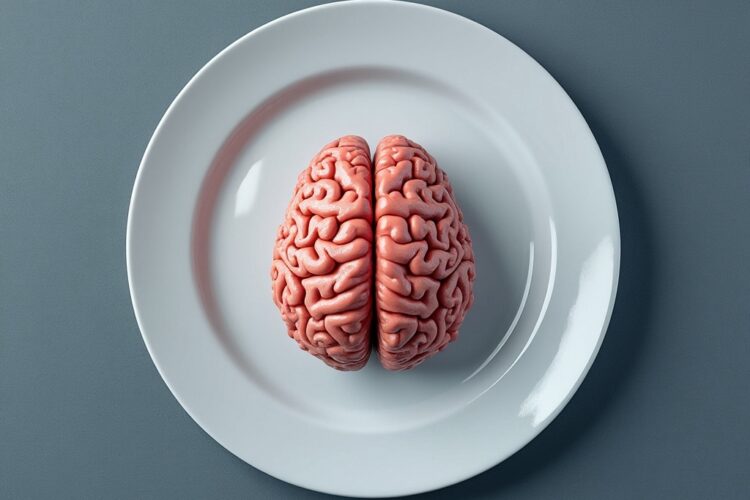The human brain, particularly the prefrontal cortex, matures around age 25, impacting decision-making, impulse control, and risk assessment. This delayed development explains youthful risk-taking due to ongoing neural reorganization, including myelination and synaptic pruning, enhancing cognitive efficiency. Understanding this developmental stage is crucial for education, policy, and behavioral interventions, as it affects how young adults process rewards and navigate social decisions.
Long Version:
The human brain’s development is a protracted process, with the prefrontal cortex, a region critical for decision-making, not reaching full maturity until around the age of 25. This area of the brain, located right behind the forehead, is instrumental in functions like planning, impulse control, predicting consequences, and moderating social behavior. The significance of this delayed development can’t be overstated; it explains, in part, why adolescents and young adults might engage in riskier behavior or make less optimal decisions compared to older adults. This region’s maturation involves not just an increase in volume but a complex reorganization and optimization of neural pathways, which can be influenced by both genetics and environment.
Neuroscientific studies using MRI technology have shown that during adolescence, there’s an increase in white matter due to myelination, which enhances the speed of neural communication, and a decrease in grey matter, which is thought to reflect synaptic pruning, where the brain fine-tunes its connections to become more efficient. This dynamic change reflects not a simple growth but a restructuring that underpins improvements in cognitive abilities like decision-making.
From a psychological perspective, decision-making involves several cognitive processes: the evaluation of options, the anticipation of outcomes, and the integration of emotional and rational inputs. The developmental trajectory of these processes during the transition from adolescence to adulthood shows a shift from being more reward-driven to achieving a balance with long-term considerations. This is where the ventromedial prefrontal cortex comes into play, known for its role in the valuation of choices, where adolescents might show an exaggerated response to rewards compared to adults.
The neuroscience of decision-making further reveals that while the basic structures for decision-making are present early in life, their connectivity, efficiency, and how they respond to different stimuli or social contexts evolve. This evolution explains why decision-making in hot cognitive states (under conditions of high emotion or social pressure) might differ significantly between a teenager and an adult in their late twenties.
Importantly, this developmental timeline has implications for understanding behavior, policy-making regarding legal age limits, educational strategies, and even parental guidance. It suggests that young adults might benefit from environments that support structured decision-making or from learning strategies that compensate for the not-yet-fully-developed cognitive control system.
In summary, the full development of the brain, particularly the prefrontal cortex, plays a pivotal role in the evolution of decision-making capabilities. This development influences how individuals weigh risks and rewards, manage impulsivity, and navigate complex social environments, marking a critical phase from late adolescence into young adulthood where brain plasticity still offers significant room for cognitive and emotional growth. This nuanced understanding calls for a multidisciplinary approach in education, psychology, and neuroscience to better tailor interventions and support systems that align with the brain’s developmental stages.








